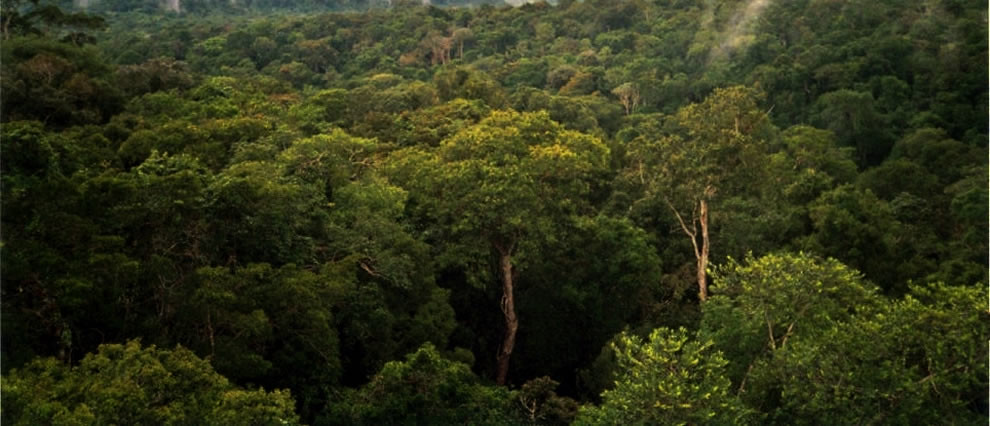Deep in the heart of the Colombian rainforest, danger abounds, and it may seem impossible that four children survived the Amazon in those treacherous conditions. Poisonous creatures roam beneath the thick canopy, lethal jaguars silently stalk their prey, and mosquito born illnesses sicken the healthiest who are bit. Humans who tour this vibrant but deadly ecosystem face peril, even when they are part of an organized expedition. That's why we need to learn from the children who survived a plane crash into a remote region of the Amazon, and continued to hold their own for 40 days afterward.

The Crisis
On May 1st, 2023, a Colombian family — three adults and four children, ages 13, 9, 4 and 1 — traveling from Araracuara to San Jose del Guaviare in a single-engine Cessna, crashed into a remote region of the Amazon rainforest after their plane suffered a catastrophic failure. At the time of this post, it is suspected that two of the adults perished immediately upon impact except for the mother of the children. It was initially reported that she stayed alive for about four days, before insisting that her children go on without her. The four children spent those first four days living off the supplies they had brought on the plane, but after those ran out, they had only the indigenous knowledge passed on by their tribe and whatever resources the jungle could provide. Only after 16 days did the search and rescue operation first locate the crash site, and by then, the children were gone.
Indigenous Knowledge
As fate would have it, the four children were a part of the Huitoto tribe, and a group that resides in some of the most remote regions of the Amazon. Part of their tribal tradition is passing down the indigenous knowledge of their forebears to the next generation, and the stranded children used this to great effect. This included shelter-building to stay warm and prevent exposure, something extremely important since at the time of the crash, it rained for more than half of every day. They also used this knowledge to stay safe from predatory animals, poisonous amphibians, biting insects, and arachnids. Huitoto upbringing taught them how to live off the land, what to eat, and how to drink water without getting sick. The silver lining to the situation was that the jungle was presently going through a productive growing season, and fresh fruit was in abundance. But without the knowledge of what was a safe to eat, what was potentially toxic, or how to stay dry and thermoregulate, these children may not have lasted as long as they did.
Rescue – Four Children Survive the Amazon
Colombian Army soldiers and skilled Huitoto trackers with an intimate knowledge of the jungle combined their efforts to find the missing children. To maximize the chances of keeping the missing children alive, food was dropped by aircraft into areas where they believed the kids might be, and signal flares were fired to try attracting their attention. As it happens in many search and rescue operations in remote wilderness, it is thought that the searchers passed near the children on a few occasions, but the dense jungle prevented their detection. However, after 40 days of continuously searching a 1,600 mile region, they were all found — dehydrated and undernourished, but relatively okay — 3 miles from the crash site.
The Takeaways
How would you fare in the scenario above? Surviving a plane crash is a miraculous thing in and of itself, but facing weeks of isolation in a hostile jungle is another beast entirely. Granted, as adults, many of us know that staying at the site of a crash can make it easier for search and rescue teams to find us. But in the thick jungle with no overhead visibility, that's not as certain as it would be in open terrain; it might be necessary to find a nearby location with better visibility for a distress signal. It's also extremely easy to become disoriented and lost in the vegetation while searching for food and resources. And we must remember that these were children whose loved ones' bodies were still at the crash site, so staying put would have been undeniably traumatic.
One of the most important things to recognize here, is how relevant indigenous knowledge is, even in our modern world. Once we strip away all the things which make us comfortable — climate controlled buildings, just-in-time logistics, internet connectivity, gear, etc. — all that we are left with is what is between our ears. Let's take a second to ponder that implication, what those four Huitoto children survived, and consider whether or not we are equipped to face nature raw and unfiltered as they were able to.
Related Posts
The post Indigenous Knowledge: How Four Children Survived the Amazon for 40 Days appeared first on RECOIL OFFGRID.
By: Patrick Diedrich
Title: Indigenous Knowledge: How Four Children Survived the Amazon for 40 Days
Sourced From: www.offgridweb.com/survival/indigenous-knowledge-how-four-children-survived-the-amazon-for-40-days/
Published Date: Fri, 16 Jun 2023 18:35:27 +0000
------------------------
Did you miss our previous article...
https://bushcrafttips.com/bushcraft-news/so-is-it-illegal-to-collect-rainwater-in-massachusetts
 What is BushcraftSurvival SkillsToolsVideosBushcraft CampsBushcraft KitsBushcraft ProjectsPrivacy PolicyTerms And Conditions
What is BushcraftSurvival SkillsToolsVideosBushcraft CampsBushcraft KitsBushcraft ProjectsPrivacy PolicyTerms And Conditions
